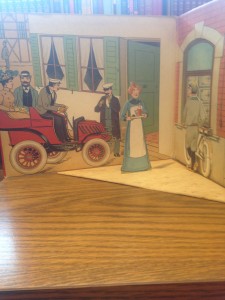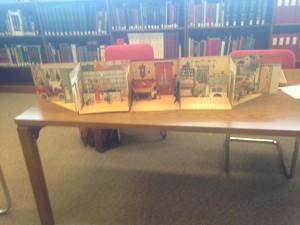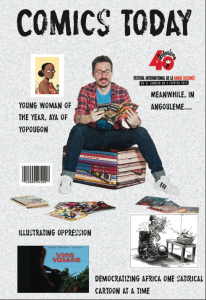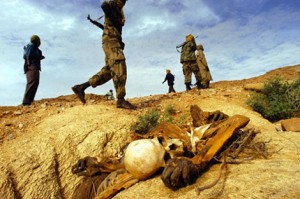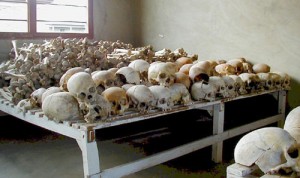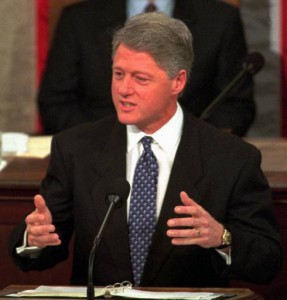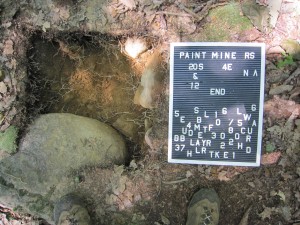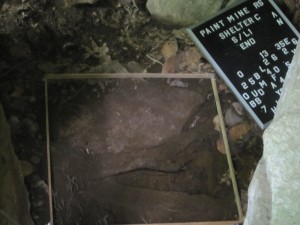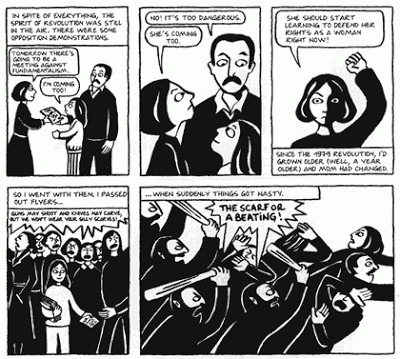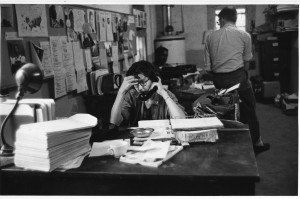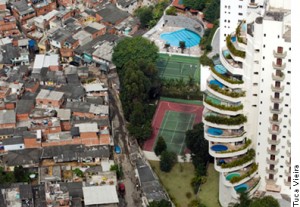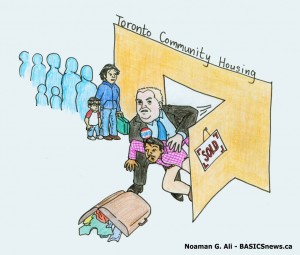When No Child Left Behind was passed by President George W. Bush in 2001, it was said to be the bill that would get out American children up to standard in Math and English as the rest of the world. Bush mandated that states implement some type of system for making sure that all students are on the same level in Math and English. While the president did not say exactly which methods of assessments states must use, most states chose to assess their students using yearly exams mainly in these two subject areas. These yearly exams were promoted to the public as the perfect way to assess not only our students, but teachers and principals and schools around the US.
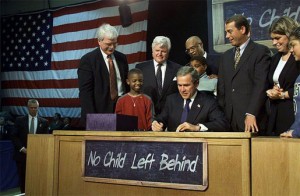
President G.W. Bush, NLCB Signing
In New York State, public schools do yearly exams in English and Math from the 3rd to 8th grade. In high school, students need to pass at least 5 Regents Exams in basic subjects (Global History, US History, Math, Science and English). Since its implementation, we have seen some major flaws with the process of examinations. Some of the biggest problems are that the Regents Exams significantly alter the quality of the curriculum that students are getting in school. Teachers tend to focus their teaching only on the information that will be on the exam and removes the room for creativity and intellectual student thought. High school simply becomes a place where students are expected to navigate pre-determined information and pass these exams that demonstrate that their teacher and the school is “achieving”. Meanwhile, these are not necessarily skills that the students need to succeed once they get into college or in their everyday lives afterward.
There are some public schools in the New York that have worked to protest this high stakes testing system. The New York Performance Standards Consortium works to instill values of critical thinking, social awareness/consciousness and peace & justice in its high school students. Instead of taking yearly Regents and abiding to its strict curriculum restrictions, these students are not bound to only learn what is going to be on the test. Instead of exams, students in consortium schools complete a research paper that they work on for a couple of months before they are due. Teachers would help the students develop their theses, supporting arguments, and resources. Then, students are responsible for presenting and defending their papers to a panel of peers, teachers and outside evaluators at the end of year that they are graded on.
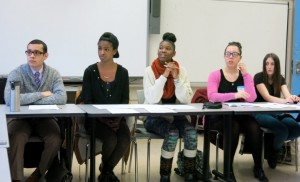
City-As-School High School PBATs Evaluations
This summer, Professor Hantzopoulos, Ziwen Wang and I worked to examine and document 11 schools that are being added into the Consortium, and working to transition their schools from traditional high stakes testing schools. Ziwen and I sat on several panels of students work as outside evaluators to help determine if their papers were up to consortium standards. Ziwen and I were also responsible for tutoring some of these students and provide them with extra help on their papers. Finally, we both assisted Professor Hantzopoulos with interviewing some of the principals of these schools to find out their initial reactions and intentions for the upcoming years. All of these components truly helped me to get an all-encompassing idea of how the Consortium works to support children and prepare them for college and speaking critically about their opinions. I am excited to see more results of these schools transition to project based assessment once school resumes in the fall.
Here is a link to the consortium website for more information on their work against High Stakes Tests.


